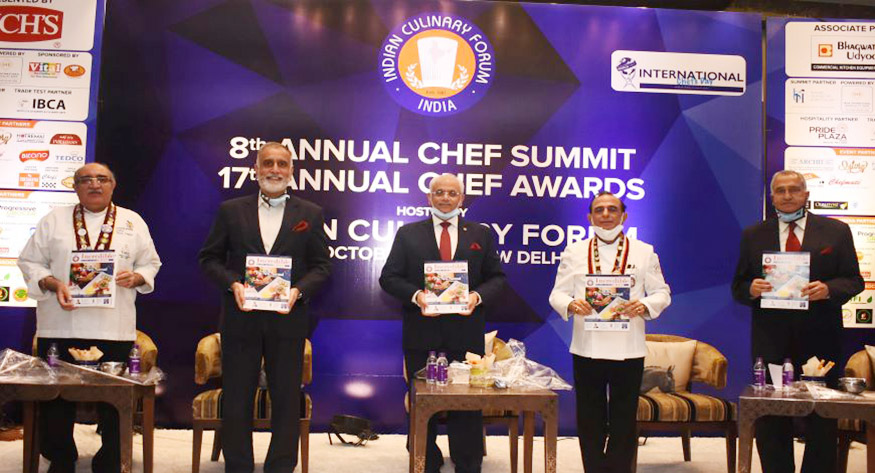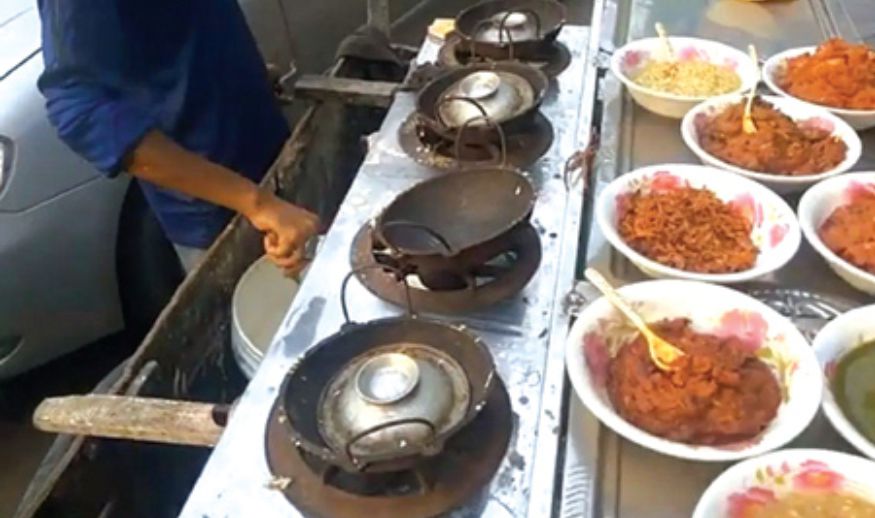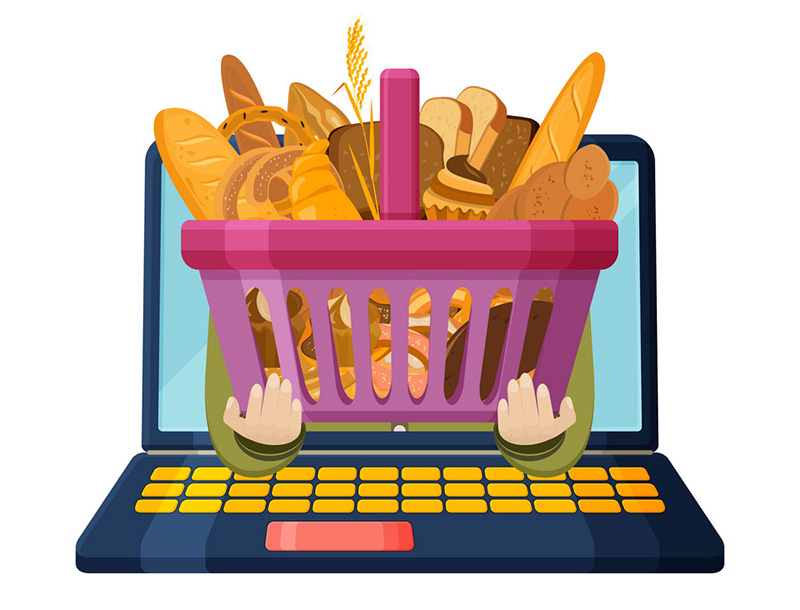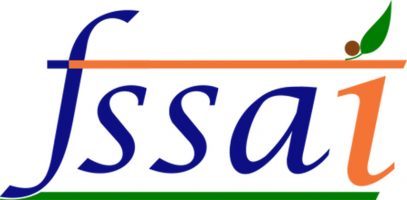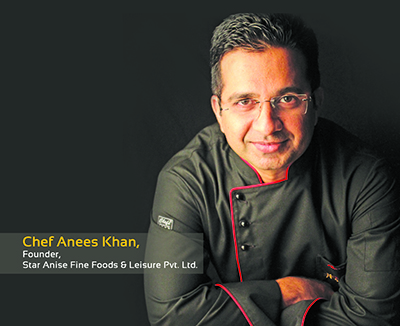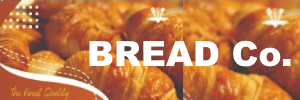BakeryBiz, Jan-Feb, 2021
The humble bread, which is efficiently used as an important part of the main course and also makes for an effective snack, has steadily created a strong presence in our daily lives. Bread, the simple and perhaps the most convenient food, has come a long way from the days when it was consumed by a select few. However, because of the cultural and culinary diversity of our country, bread comes second when compared to chapatti, rice and other variants of these local delights. Bakery Biz explores if bread is beginning to gain prominence?
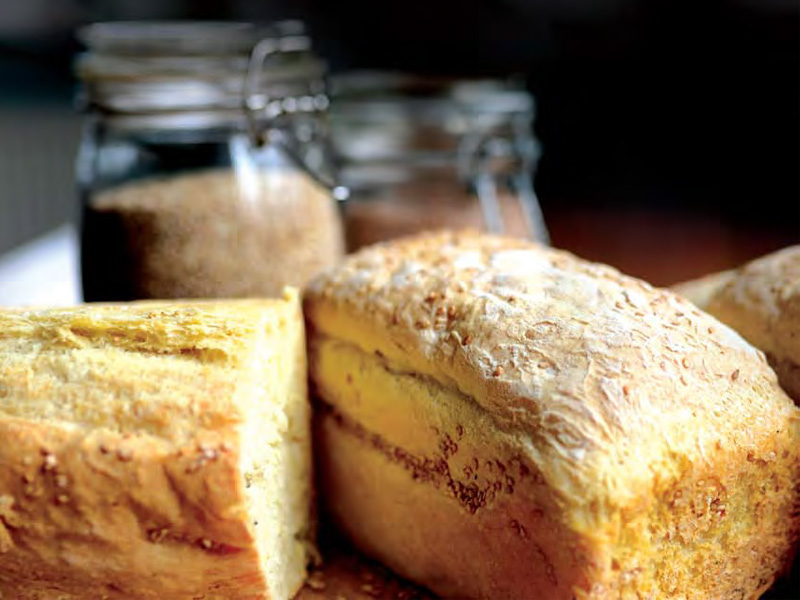
Though bread is not a staple food in our country, its consumption has increased over the years. According to a report by TechSci Research, the Indian bread market is projected to grow, reporting a Compounded Annual Growth Rate (CAGR) of more than 10 per cent, to USD 1.4 billion by 2026. This includes white bread, brown bread, fruit bread and other segments. Busy lifestyle, changing eating habits, increased awareness about healthy lifestyle and wellness and increase in spending towards food are some of the reasons which are expected to help this increase. Also, increasing government mandates such as stamping of date of manufacturing and expiry of bread are ensuring customer satisfaction while buying bread, which is leading to an increase in sales of bread across the country.
Last year had been special for the bread and rusk manufacturers. Consumption grew dynamically during the Covid-19 lockdown, clocking as much as 30 per cent growth in some areas. While the bakery segment did get impacted, the increase in consumption of bread and rusk kept business going for many bakery business owners. The bread business recorded more than double its historic annual growth during the last year. The same rate of growth in consumption is not expected to be continuing, but the prospect has been registered and has been noticed by many. As a result of this, many envisage that future is going to be bright for the bread industry.
“This lockdown created a situation where consumption of bread and rusk has seen a huge jump. Bread is getting popular. Besides the regular sliced bread, multigrain, sourdough, and baguette are also starting to get the attention. For these segments, 2020 was special due to Covid. The same situation with high growth will not continue the next year, but a constant increase in consumption of bread would continue,” informed GaurangBhasin, President – Sales & Marketing, Bakels India.
Health Factor
Health consciousness has led to accepting artisanal or handmade bread like sourdough bread, baguettes, focaccia, leavened bread, brioche etc. as the preferred ones, even with the absence of chemicals like dough conditioners, stabilisers, which gave the bread a natural texture, very different from the crumb and crust that people were used to. Internet and social media helped in amplifying this perspective. Brands like Le Pain Quotidien, The Baker’s Dozen, showed us that bread is not sliced white bread anymore, but this can’t be a general statement.
When bread holds so much potential as the most vital part of any diet, why is bread consumption still nascent in India? We are used to having hot and freshly cooked breakfast, bread doesn’t feature as a part of our main meals like lunch or dinner. Bread is pre-baked, cold, generally to be served with raw vegetables and cold-cut meats, or with butter and jam in kids’ tiffin boxes. Mid-day meal programs or school canteens with specially curated menus can accelerate the demand for bread. With maida or plain flour being considered unhealthy with empty calories, bread isn’t a preferred choice in any of these menus. Rotis, bhakris, puris, etc, all breads, but not baked in the oven have been a part of our main meals. Breads are still a part of snacks and have a long way to go before they get accepted as mains.
An interesting change also recorded during and post the lockdown, has been an increase of public interest in the healthy eating segment, justified by a substantial increase in the sale of the multigrain brown bread categories. Even though, this accounts for a very small fragment of the overall bread sales, an increase in this share is suggestive of a promising future. According to published reports, the brown bread segment is anticipated to grow at a faster rate as an increasing number of consumers are getting more inclined towards eating bread that is made up of 100 per cent wheat.
In terms of product type, the Indian bread market is segmented into white bread, brown bread, fruit bread and others. The market share of the white bread segment was the largest in FY 2020. Though the dominance of the segment is expected to continue, the consumption of brown bread in India is expected to grow at a faster pace due to increasing awareness about a better lifestyle and a growing number of consumers preferring brown bread on account of its low sugar content and its perception of being a healthier alternative.
While we in India are not exposed to a wide variety of breads, the makers have been innovating and introducing new products into
the market, giving their customers a variety of choices. “There is a need for the bakers to innovate. We innovated and created a flatbread called Parozza, which has been well accepted and is doing well. There is a need to continuously strategize and innovate,” said M. DhinagarVel, Managing Director, Indian Foods, Madurai.
“We are seeing increased business in comparison to the same time last year. Our bread business has seen a growth of 30 percent in comparison to the same time last year. Expecting the bread market to continue its growth, we are in the process of setting up a complete automation plant in Taloja, Maharashtra. Interestingly growth has also been seen in the multigrain brown bread segment, and in years to come, this variety will increase its market share,” informed Salahuddin Khan, CEO, Kwality Confectionery Bakers India Private Limited.
However, in India, with its ever-increasing population, there is a huge potential for bread consumption. Giants like Amul and Mother Dairy have already entered the bread market with a conscious decision to tailor their products to the masses. That is how one can march towards a Bread Revolution. So welcome back sliced white bread, pavs, buns, fruit bread, milk bread, pizza base and rusks. Will such giants, the only ones who can bring about a bread revolution, bring about a healthy bread revolution that goes beyond sliced white bread?
According to reports published by Research And Markets, internationally, bread, being a staple food that constitutes a major part of the daily diet, has catered to more functional demand. New low-carb, high-fiber, multigrain, and fortified bread that appeals to health-conscious consumers has triggered the market growth.
In addition to functional health benefits, incorporating natural ingredients, such as natural preservatives, antioxidants, and enzymes in bread are on the rise. Companies are targeting to replace shortenings and fat with Omega-9, Omega-3, which improve the fatty acid profile and support performance. Cholesterol reduction, weight management, high protein, and sugar control are being seen as the key consumer trends.
Globally, as per published reports, bread sales are expected to record CAGR of 1.45 per cent during 2019 to 2024. There has been an increasing demand for a greater variety of bread with ethnic bread and greater varieties of whole-meal bread, like oats, bran, seeds, etc. Baked goods, such as bread and biscuits, continue to enjoy the status of household staples, and their sales are driven by the fact that they constitute an essential diet of the consumers hard-pressed for time. The bread manufacturers are leveraging the acceptance of regional bread specialties to create value-added products, in order to diversify their assortments. Fortified, clean label, and organic bread are the preferred bread categories across the world, with the rise in health-conscious consumers.
India’s Bread Journey
For us Indians, bread traditionally meant the classic sliced white bread. While historically, a wide variety of bread has been available to us Indians in the form of Pao which travelled from Portugal and landed in Goa and then spread across the country, or the Broon (Brun) that came from the Persian terrain of Iran, and various other variants. The Irani hotels (cafes) served pav maska, bun maska, and broon (a bun with a hard crust) maska, with Irani chai. All these never counted as bread.
With cake shops like Monginis springing up, we got introduced to fried bread, i.e., doughnuts with a cream centre. Cake shops only sold cakes, and cookies, as baked goods would always mean cakes. Monginis also stocked pizza base and pizza cheese; pizza base still didn’t get counted as bread.
Bread had a soft crumb and a not-so-hard crust, could be sliced easily, was airy and light and would just vanish in the mouth. The recipe and the process was brought in by the British. This had a longer shelf life due to the addition of chemicals and stabilisers, and the bread held its shape.
McDonald made its foray into India and lured Indians with its burgers, its USP – super soft buns, resulting in a huge demand for these buns. Then QSRs like KFC and Burger King added to the demand, creating a need for a large-scale bun production. Companies like MrsBectors, which is the largest supplier of buns in India to reputed QSR chains such as Burger King India, Connaught Plaza Restaurants, Hardcastle Restaurants, and Yum, stood tall as the market specialists.
Italian restaurants like Spaghetti Kitchen introduced us to new varieties of bread like ciabatta, garlic bread, cheese bread, and focaccia. The white bread manufacturers became more conscious and we started seeing marbled bread, brown bread, whole wheat bread, multigrain bread and even rye bread. Buffets at many places replaced the rotis, naans, and kulchas with bread rolls, and then these small breads started getting acknowledged as bread, finally.
Ovens to bake bread were relatively unknown. Bread, being yeasted products, bake at high temperatures, and it was cheaper to buy them than buy an oven to bake them. QSR chains like Subway and supermarket chains enticed us with the aroma of their bread. Whole wheat, oats and honey, multigrain subs, we knew them all, and saw them getting baked in huge ovens. Flatbreads finally got their due. They were counted as bread. Britannia did come up with its plain and masala kulchas, all these while one could pick up naans and kulchas off the supermarket shelves in countries like the UK, USA, Germany, Canada, Australia, etc. Other bread manufacturers now started manufacturing pizza bases and pita bread.
Conclusion
India’s share on the global scale for bread consumption is very low. In terms of consumption, European nations take the lead. In terms of product variety, Germany leads with more than 300 varieties of bread being made available to their customers. In terms of revenue, China is expected to generate the maximum revenue from bread sales. India by no means can be counted in the bread-eating nations, but with the large population and growing marketplace, the future is going to be bright for the bread production segment. There is a lot of scope for new players, as is evident by the interest of domestic organizations and international majors in baking bread in India.
Just like the global bread market, which is highly fragmented, with a large number of domestic and multinational players competing for market share, Indian bread market is also evolving. Companies are focusing on new product launches, with healthier ingredients/organic claims as their key marketing strategy. Increased private label brands are giving competition to the existing players, and with the continued growth of the bakery segment, this trend is expected to continue.

India story
Some of the major players operating in India bread market are Britannia Industries Ltd., Modern Food Industries, Bonn Nutrients Private Limited, Kitty Industries Pvt. Ltd., Harvest Gold Industries Pvt. Ltd., Perfect Bread Group of Companies, among others. New entrants in the field include Amul, Mother Dairy, and NandiniGoodlife Bread by KMF (Karnataka Cooperative Milk Producer’s Federation Ltd), among others.
In FY 2020, Britannia Industries Ltd. held the major market share in the country’s bread market and the company is expected to continue its dominance through FY 2026. “India bread market is expected to grow at a steady pace due to the rising awareness regarding a healthy lifestyle, rising urban consumer base and growing popularity of various types of breads. The market is anticipated to continue growing in the coming years on account of increasingly busy lifestyles, expanding middle class population, and a growing number of leading market players strengthening their presence across different distribution channels and providing different bread variants,” informed Karan Chechi, Research Director with TechSci Research, a research-based global management consulting firm.
Mexican bakery giant Groupo Bimbo, which is keen to strengthen its presence in emerging markets, has sealed a deal to acquire the popular bread and bakery brand Modern Foods owned by private equity firm Everstone Capital. This is Groupo Bimbo’s second acquisition in India in the bread and bakery segment. In May 2017, it acquired a majority stake in Delhi based Ready Roti, which produces packaged bread, pizza bases, and sweet and savory buns, with leading brands like Harvest Gold and Harvest Selects.
The Modern Foods brand has strong recall value and compliment’s Groupo Bimbo’s existing India portfolio. With this takeover. the Mexican firm which operates in 33 countries in North America, South America, Asia and Africa, can get access to the company’s well-established distribution channel and sell other products as well. One has to wait and watch the Indian bread story unfold as more and more manufacturers step in to entice consumers to break bread.


